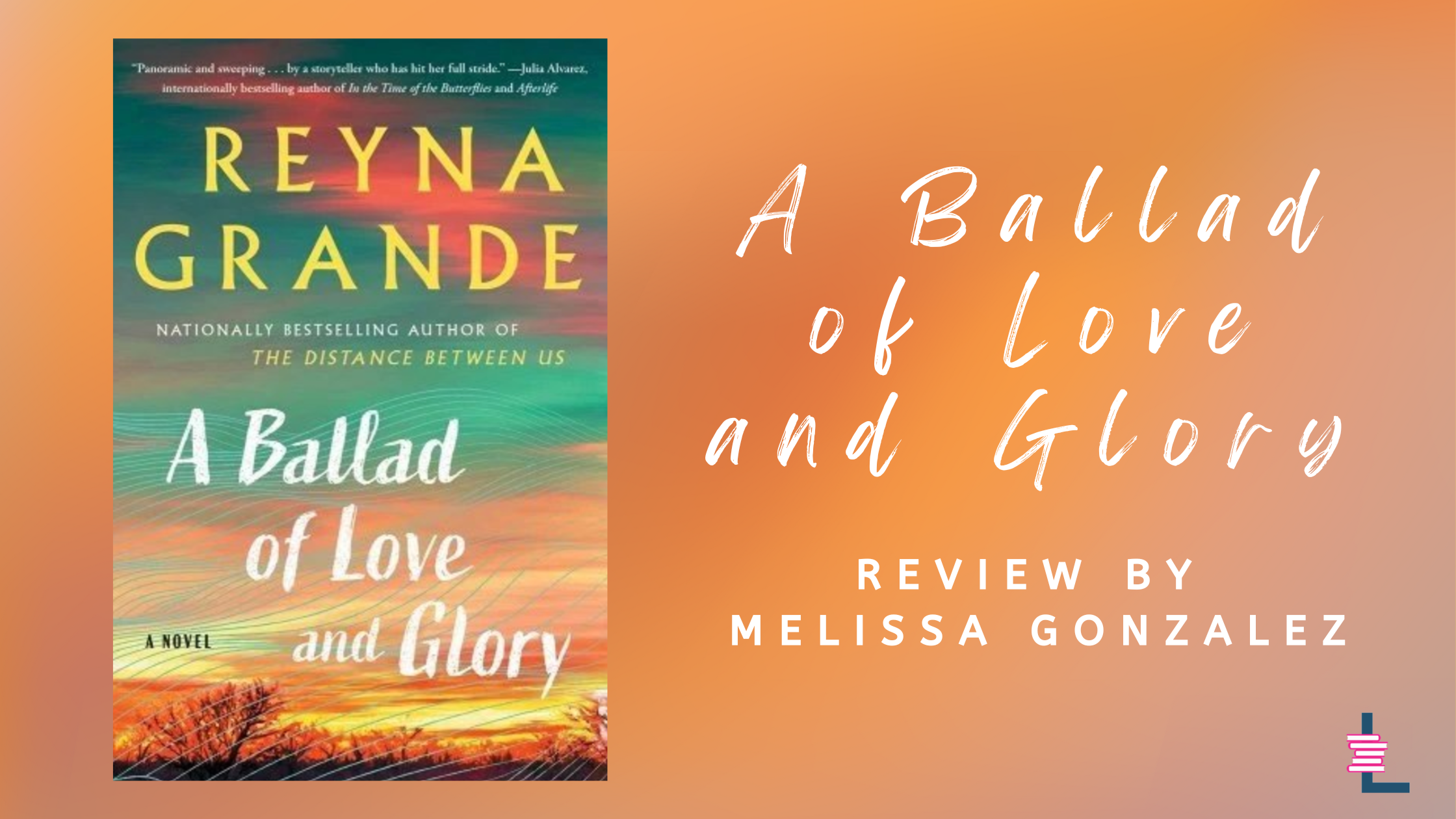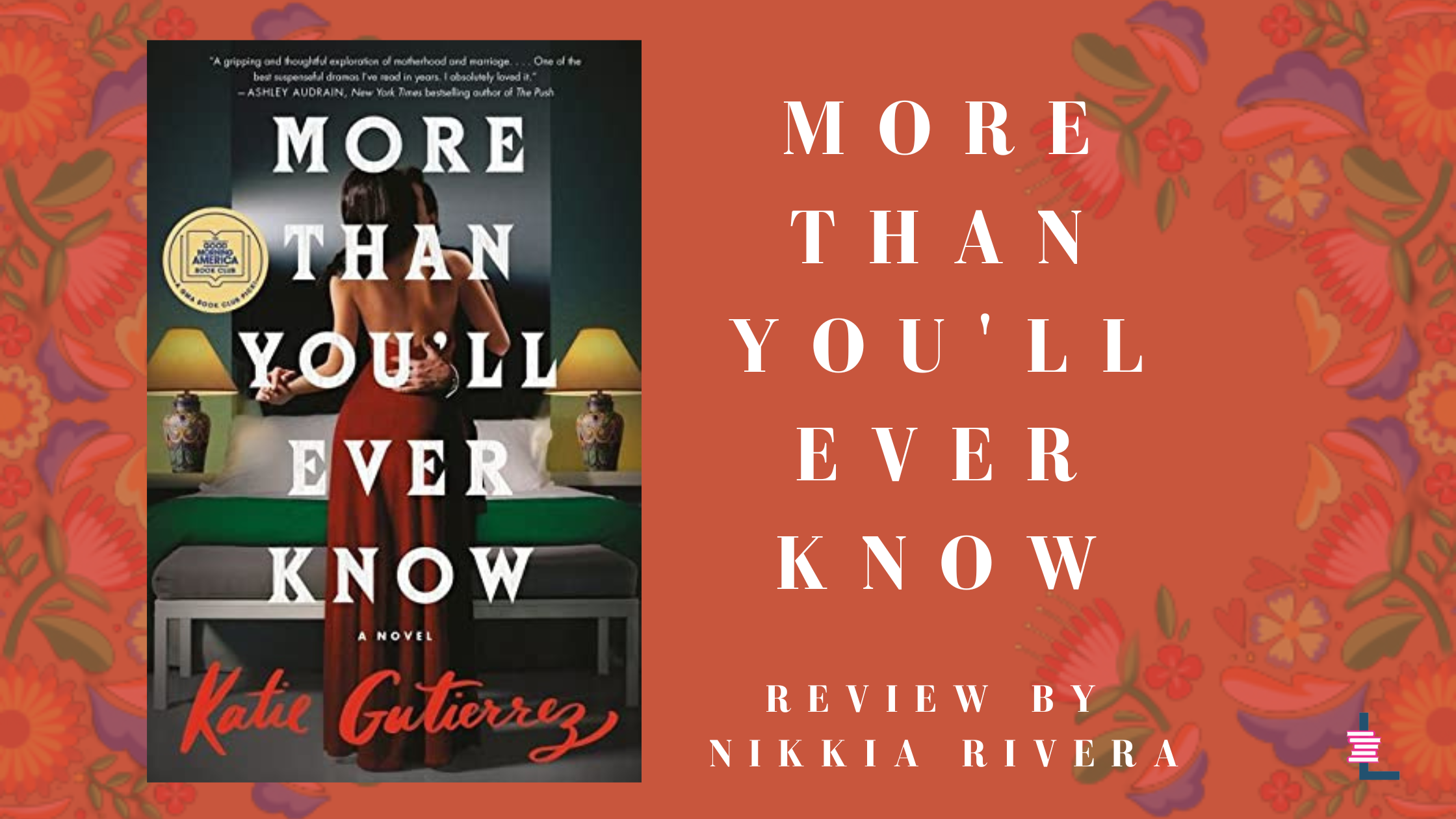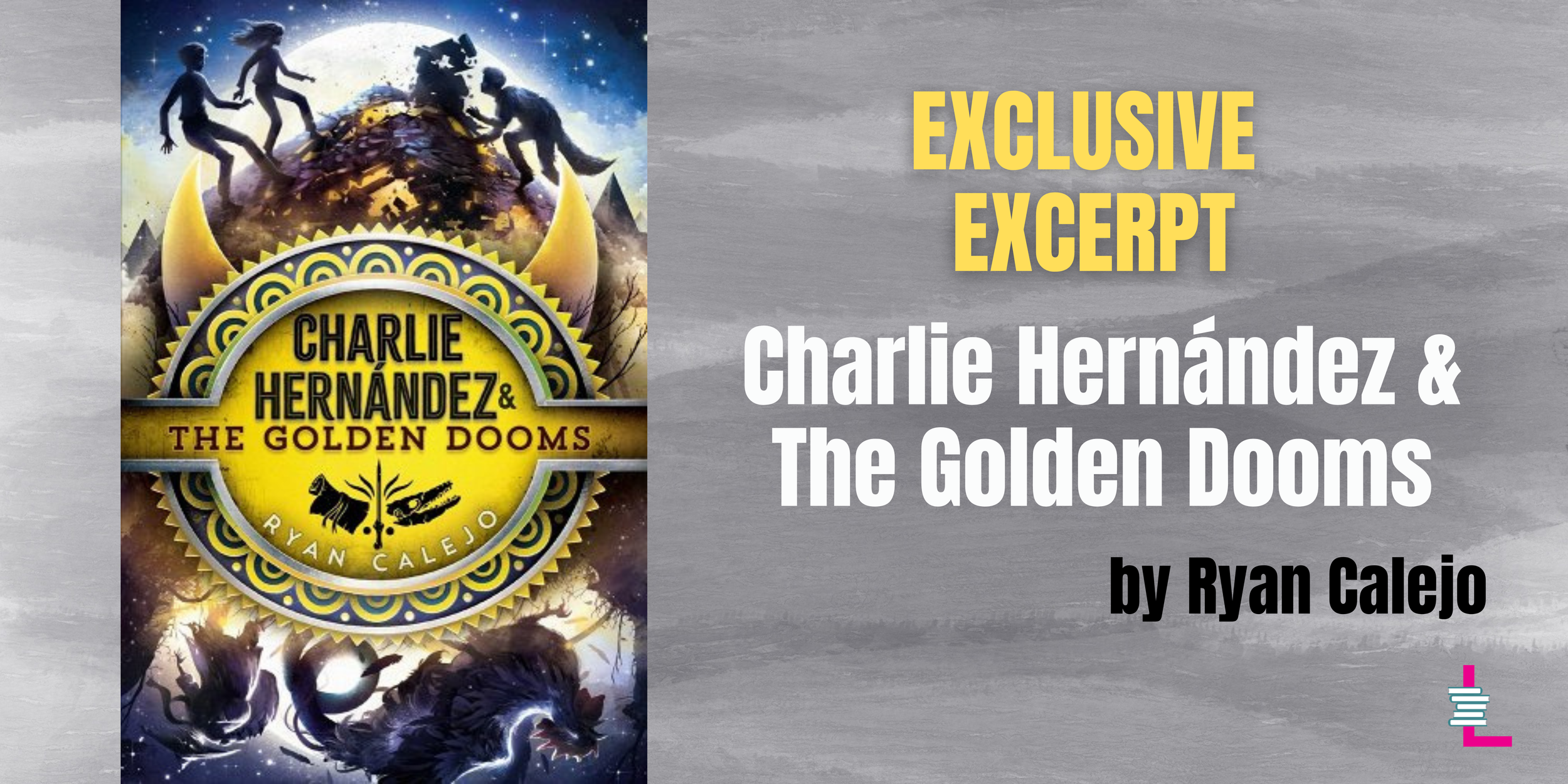On belhalf of Latinx In Publishing, I had the opportunity to ask Rudy Ruiz a few questions about Valley of Shadows.
Chelsea Villareal (CV): As someone who also has Rio Grande Valley ancestral roots, I was thrilled to pick up Valley of Shadows! What made you want to write this genre-bending thriller?
Rudy Ruiz (RR): In my previous novel, The Resurrection of Fulgencio Ramirez, I applied magical realism to border life in a story that wove together love, history and a family curse. I wanted to explore the idea of that family curse further as well as delve more deeply into the conflicted and dark history of the border region and the multigenerational traumas that have haunted many families in the area, dating back to when the Rio Grande River was declared the border at the end of the US-Mexico War. Valley of Shadows provided me the opportunity to pursue that line of thinking while bringing elements of the Western, horror and mystery genres to a tale that touches on the historical atrocities and social injustices of the mid- to late-1800's. Unfortunately, many of those same issues of racism and discrimination against Latinos, Indigenous Peoples, African Americans and Asian Americans are still very real and pressing, which I feel makes the novel very relevant to readers today.
CV: One of the book’s stronger themes centers on borders, whether they be magickal, geographical, or metaphorical (or a decent mix) — could you tell us more about how you went about interweving all these nuances within the story?
RR: Borders are a motif in my writing. I was born and raised on the border, and my writing always takes me back there. They say you can take a person out of the border but you can't take the border out of a person. That saying definitely applies to me. Growing up, the border was an invisible line my family and I crossed every day. Because of that, I see borders as porous membranes through which people, animals, goods, services, and the environment must continuously traverse and transmit back and forth. In my work, I explore the idea of porous borders with respect to place, culture, language, time, and even life and death. Magical realism lends itself to that exploration in a very fluid and natural manner which also resonates culturally. When it comes to borders I see bridges instead of walls. I see beginnings instead of endings. I see an opportunity for people to come together and build something constructively and collaboratively. I try to reflect that world view and that vision for life through my characters and the situations and challenges they encounter and overcome within my stories.
CV: Tell us more about Solitario, your protagonist (anti-hero?). He exemplifies another key theme of your book; loneliness — how did you go about developing such a character?
RR: In Solitario, I yearned to create an imperfect person that could feel real and flawed, but also be someone worthy of rooting for, someone readers would empathize with and care for throughout the story. He's had a hard life and he's lost everyone he has loved. Whether it's because of his family curse, sheer bad luck or poorly made decisions, he has ended up a very lonely person, isolated and afraid to engage with the world. I created Solitario during the pandemic, and the heightened isolation of that time period inspired me. I think many of us felt isolated during the pandemic in a way we never had before in our lives. That sense of isolation helped me conjure up how Solitario might have felt in his self-imposed exile. Coming out of isolation has also been emotionally difficult for many people after the pandemic. That painful process, which involves taking big risks, informed my approach to how Solitario copes with opening his heart up to others. Likewise, I didn't make it through the pandemic alone. I doubt most people did. My family helped me get through it. For Solitario, the same holds true. Through the gift of "found family," vital friendships and alliances, Solitario is able to journey back into the world and fulfill his purpose as a member of his community. The dichotomous combinations of vulnerability and toughness, fear and courage, loneliness and yearning, resentment and moral compass render Solitario Cisneros a compelling character.
CV: How much historical research did you have to do for the book? There was an impressive amount of historical nods in the storyline.
RR: Thank you! I conducted extensive historical research to bring authenticity to the historical context of the novel. It started with genealogical research that my father began years back before he passed away. Through the research he did, I came to learn more about the history of the border and the families that originally settled it in the late 1700's. Our own family was one of those, the Cisneros. Through that history, I learned about the family's original Spanish land grant, Caja Pinta, which is actually a historical fact within the storyline and also the fictional Solitario's birthplace. In wanting to branch out from La Frontera, the mythical border town I created in The Resurrection of Fulgencio Ramirez, I imagined that Solitario would have wanted to flee the curse afflicting the men of his family. This leads him to join the Rurales, a paramilitary force that was part of the Mexican government and played a key role in fighting the French Imperialist invasion. And, eventually, Solitario ends up in Chihuahua and West Texas, in another mythical border town I created called Olvido. In fleshing out the details of those phases of Solitario's life, I learned a great deal about the history of Mexico and of West Texas, including the historic tragedy of the Porvenir Massacre of 1918 and the role of the Mescalero Apache people in defining the region. It was very eye-opening to do the historical research because I did not learn any of these facts in classrooms growing up. Unfortunately, the way most history text books have been written the perspectives of Mexican-Americans and Indigenous People have been largely omitted. This is one reason I'm excited to share this novel with the public. I see Valley of Shadows as a contribution towards reclaiming our rightful place in American history, redefining the Western genre, and adapting Southern Gothic to the Southwest and border regions.
CV: Any advice to readers looking to tap into their ancestral empowerment to break down oppressive borders, just like the ones you explored in your book? A lot of our community at LatinxinPub are also writers — any words of advice to those looking to take inspiration from their family’s stories and incorporate them into a book, much like you did with Valley of Shadows?
RR: Listen to your abuelitos and abuelitas, your mamá and papá. They harbor a world of wisdom and knowledge. Their stories – whether heartbreaking or funny, spiritual or painfully real, nostalgic or aspirational – are filled with a special magic that is embedded in our culture and DNA. When we retell those stories, use them as jumping out points, flesh them out with historical context, we can find ourselves inspired, either to overcome personal and professional obstacles, advocate for social justice, or engage in new ways with our own families and communities. When we understand our histories and we can process the traumas that might have been passed down through the generations, we can better face these issues and also begin to heal as individuals and families. And, if you're a writer or an artist, you might find yourself with a life-changing project on your hands that is both enlightening and empowering.
Valley of Shadows brilliantly blends magical realism, western, and horror genres into a page-turning Rio Grande Valley epic — a haunting frontera tale, perfect for folks looking for their next thrilling read.
—Chelsea Villareal
Rudy Ruiz is a writer of literary fiction, essays and political commentary. His earliest works were published at Harvard, where he studied literature and creative writing, and was awarded a Ford Foundation grant to support his writing endeavors.
Seven for the Revolution was Ruiz’s fiction debut. The collection of short stories won four International Latino Book Awards.
Ruiz’s short fiction has appeared in literary journals including BorderSenses, The Ninth Letter, New Texas, and the Notre Dame Review. In 2017, Rudy Ruiz was awarded the Gulf Coast Prize in Fiction. In 2020, Ruiz was a finalist for both the Texas Institute of Letters’ Best Short Story Award as well as the Texas Observer’s annual Short Story Contest.
In 2020, Blackstone Publishing released Ruiz’s novel, The Resurrection of Fulgencio Ramirez. The novel received critical acclaim and was named one of the “Top 10 Best First Novels of 2020” by the American Library Association’s Booklist. The Southern Review of Books stated: “Ruiz’s prose is buoyant and immersive…Its effusive descriptions are reminiscent of Laura Esquivel.” The novel was longlisted for the Reading the West Award and a Finalist for the Western Writers of America Silver Spur Award for Best Contemporary Novel. It also was awarded two Gold Medals at the International Latino Book Awards, including the Rudolfo Anaya Prize for Best Latino Focused Fiction and Best Audio Book.
Follow Rudy Ruiz online: Website: RudyRuiz.com | Twitter: @Rudy_Ruiz_7
Chelsea P. Villareal (she/her) is a Queer Mexican American media strategist from PDX. She holds a BUPA in Political Science & Media Studies from Portland State University and recently completed her Master’s in Communication & Education at Columbia University. Her passions focus on participatory cultures, civic imagination, speculative storytelling, and intersectional Latinx identity representation — across all media. She proudly works on the marketing team at Schell Games and at We Need Diverse Books as their Senior Program & Partnerships Manager.







































































